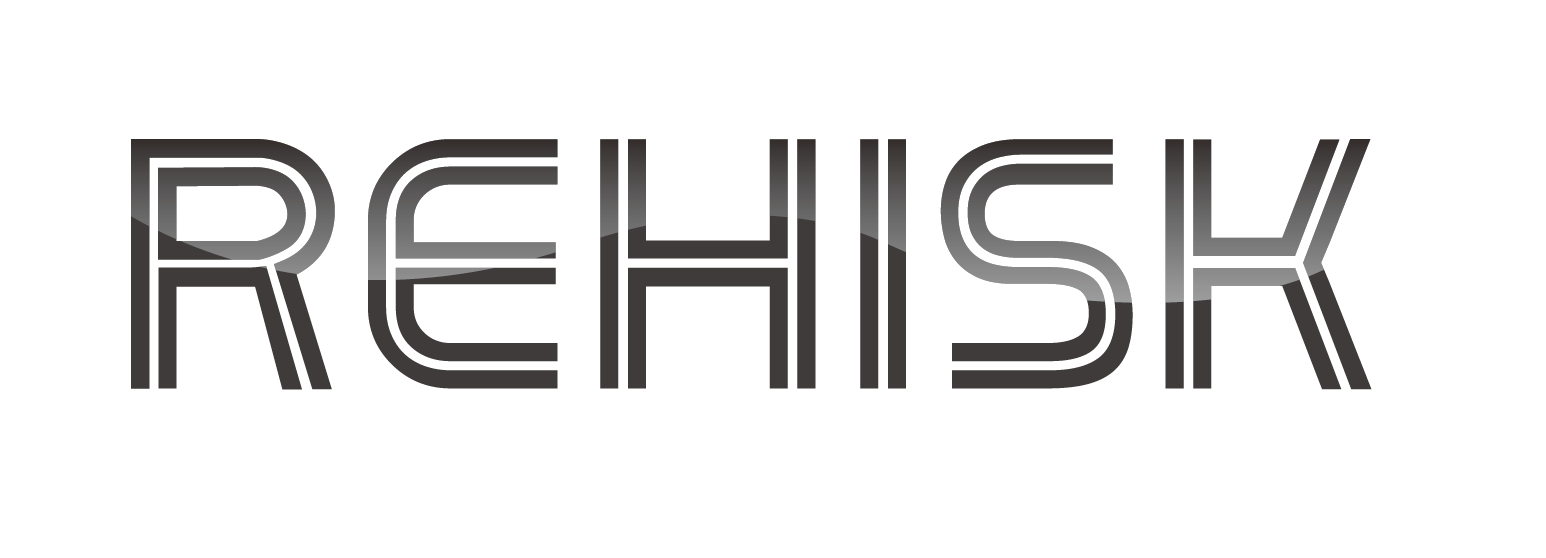Digital nomads thrive on adaptability, turning cafes, co-working spaces, or train cabins into functional offices. A portable monitor adds crucial screen space, enhancing focus, streamlining multitasking, and reducing strain from staring at small laptop displays.
Lightweight monitors, ranging from 13″ to 17″ and powered via USB-C or HDMI, pack professional-grade productivity into a backpack.
This guide covers choosing, setting up, and optimizing a portable monitor for a life on the move.
Selecting the Ideal Portable Monitor
The right monitor balances size, weight, and functionality:
-
13-inch monitors: Compact and featherlight, perfect for minimalists, though screen space is limited.
-
15-inch monitors: A practical middle ground, offering ample workspace with manageable bulk.
-
17-inch monitors: Deliver a desktop-like experience but add noticeable weight for travel.
Power and connectivity options are key:
-
USB-C monitors: Use one cable for both power and video, simplifying setup.
-
HDMI monitors: Require separate power and video cables, increasing complexity.
-
Touchscreen monitors: Enable intuitive tasks like annotating or sketching, but consume more power.
Match the monitor to work needs. For photo or video editing, prioritize color-accurate displays. For ultralight travel, focus on low weight. Some monitors include built-in kickstands, while others pair well with a lightweight tripod or clip-on stand for flexible positioning.
Building an Ergonomic Mobile Workspace
Ergonomics is essential, even in temporary setups. Position the laptop and monitor at eye level to avoid neck and shoulder strain. A compact laptop stand and a monitor tripod work well in diverse settings, from cafe tables to train trays.
A wireless keyboard and mouse add flexibility, allowing comfortable work from a lap or crowded desk. Keep cables tidy with clips or Velcro straps to maintain a clean, focused workspace. An organized setup minimizes distractions and saves time.
Essential Accessories for a Portable Setup
Smart accessories enhance mobility and efficiency:
-
Monitor stand or tripod: Lightweight and sturdy for stable positioning.
-
Wireless keyboard and mouse: Compact and cord-free for ease of use.
-
Cable organizers or Velcro straps: Keep cables neat and accessible.
-
Hard travel case: Protects the monitor in checked luggage or backpacks.
-
USB-C power bank with Power Delivery (PD): Extends work time in remote locations.
-
USB-C hub: Adds ports for HDMI, Ethernet, or additional devices.
Repurpose everyday items, like a glasses case for cable storage or a microfiber cloth to prevent screen scratches. Always carry a spare USB-C cable to avoid disruptions from misplaced or damaged cables.
Connectivity Options: USB-C, HDMI, Touchscreen, and Wireless
USB-C
A single cable delivers power and video, making setup quick and hassle-free.
HDMI + Power
Compatible with older monitors but requires two cables, adding bulk.
Sidecar or Duet Apps
Turn a tablet into a second screen via USB or Wi-Fi. While lightweight, they may not match dedicated monitors in clarity or performance.
Touchscreen Monitors
Ideal for interactive tasks like marking up documents, though they draw more power.
USB-C is preferred for its simplicity, but an HDMI adapter is a handy backup for rental devices or shared spaces.
Productivity Boosters and Practical Use Cases
A portable monitor unlocks efficient workflows:
-
Spreadsheet Workflow: Display data on one screen and notes on the other, reducing tab-switching.
-
Video Conferencing: Keep calls on one screen and notes or slides on the other for seamless meetings.
-
Coding and Testing: Code on one display, test on the other, streamlining development.
-
Writing and Research: Draft on one screen with reference materials open on the other for better focus.
-
Entertainment: Stream a show on one screen while working on the other, ideal for flights or downtime.
These setups save time, reduce mental clutter, and promote healthier posture, proving productivity stems from practical tools and habits.
Final Thoughts
A portable monitor setup transforms how digital nomads work, offering flexibility and efficiency in any environment. It’s not about chasing high-end gear but selecting tools that are durable, lightweight, and suited to a mobile lifestyle. From boosting productivity to easing physical strain, a well-chosen setup empowers seamless work anywhere.
For more insights on optimizing remote work gear, visit Rehisk.
FAQs (Frequently Asked Questions)
Q1. What’s the best size and weight for travel?
A: 15″ is a good middle ground. Light enough to carry. Big enough to work.
Q2. Can a portable monitor work wirelessly?
A: Yes. Some use Wi-Fi or display apps like Duet. They lag a bit. USB-C is more reliable for serious work.
Q3. Do tablets count as portable monitors?
A: Yes, with apps like Sidecar or Duet. But image quality and refresh rate can fall short of real monitors.
Q4. How do I protect the monitor during flights?
A: Use a padded sleeve or hard case. Wrap it in clothes if you’re tight on space.
Q5. Is Sidecar free?
A: Yes. It works with Macs and iPads. No extra apps needed. It’s easy to set up—plug in your iPad and choose “Extend Display.”
Q6. How does USB-C power work?
A: USB-C PD delivers power and video over one cable. Check your laptop supports PD output.





































